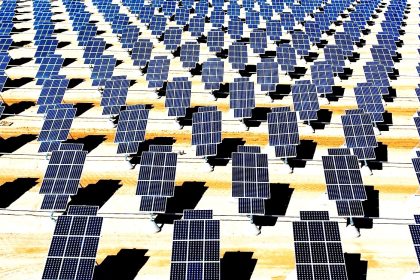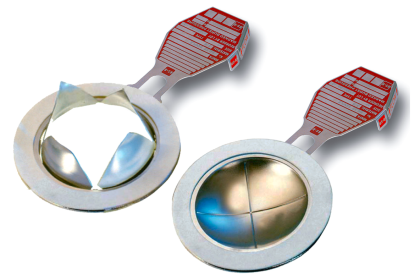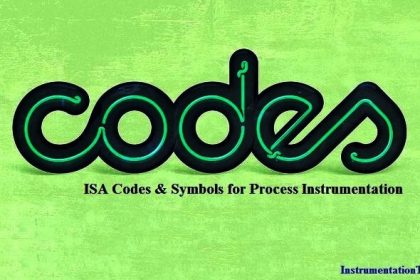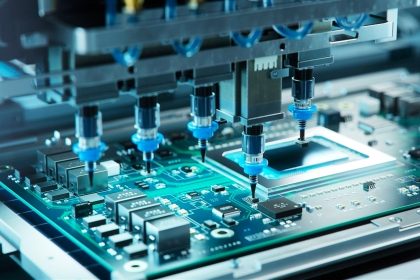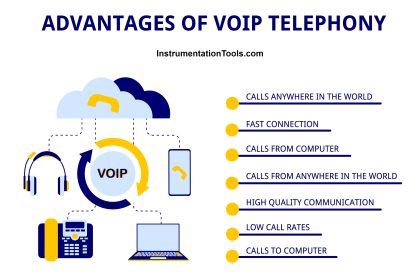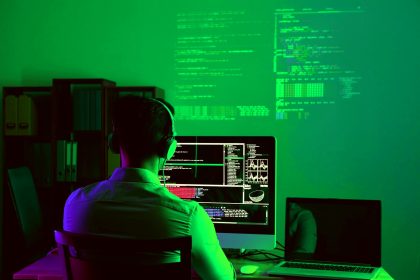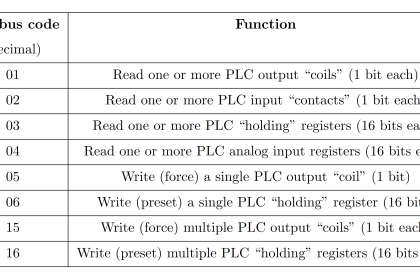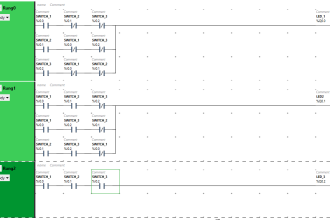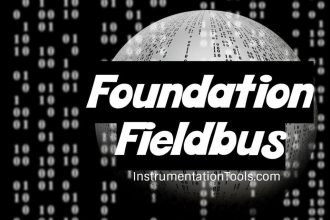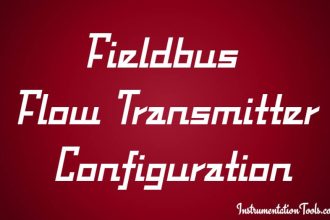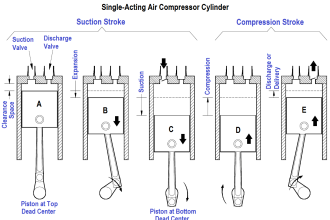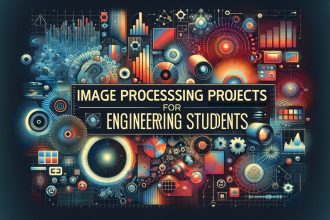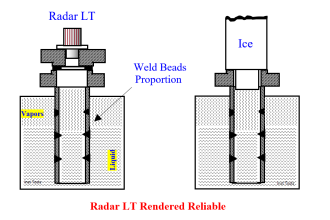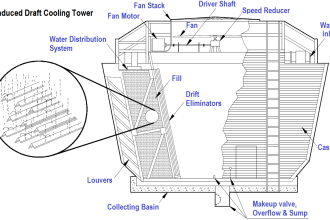In this post, we will see the concept of vision camera systems in industrial automation systems.
In industrial automation systems, the plant operators play a role to observe, monitoring, and control the system properly; to provide maximum production output at the highest possible efficiency.
But, sometimes due to errors in human observation, machines can malfunction and create bugs in the final products. This can cause huge losses to the producer.
So, to avoid this problem, a machine vision system was introduced in industrial automation. Basically, what an operator does by seeing through his eyes; the same action is done by an automated machine.
Due to the use of complex programs written in it, the bugs are reduced to a very great extent.
Vision Camera Systems

A vision system is a process of capturing real-time images and processing them to analyze the data received and compare it with its preloaded set of data.
It widely finds its use in huge production areas where the rate of production is very fast and a human eye can get tired at times or create errors in seeing the product produced.
The machine will not get tired and it will continuously scan each and every object at a very high level of reliability.
The camera will capture the images properly, compare them with its predefined data, and if it finds some deviations in it.
It will generate the corresponding output in form of communication or hardwire to warn the PLC or other such automation system of a fault in the product.
Machine Vision System
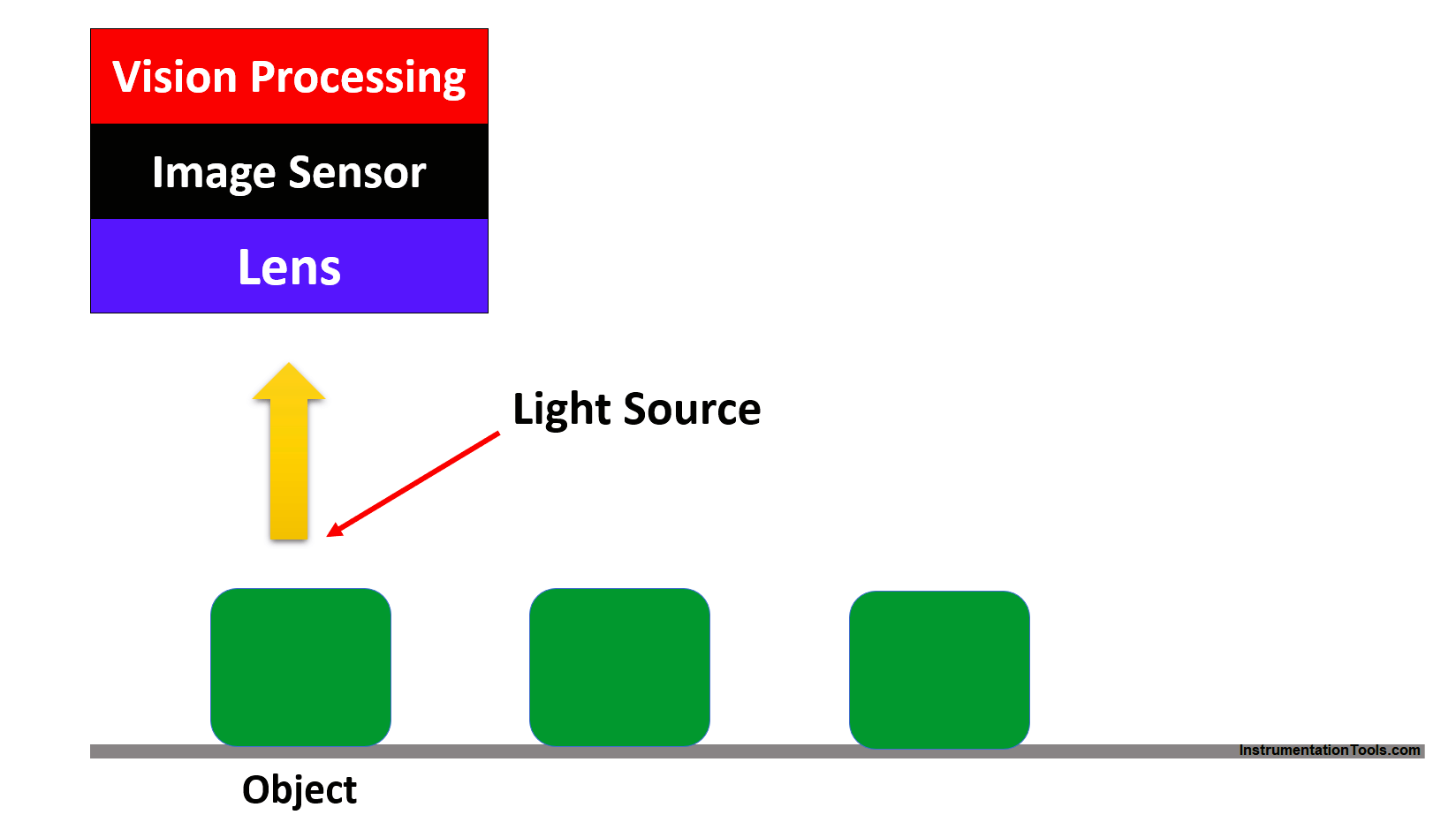
Refer to the above image for the basic components of a machine vision system. The process starts with a light source falling on the object; to provide suitable light for the camera to capture.
The lens captures the images of an object and passes the information to the sensor in the form of light. The image sensor will convert this data of light form into a digital image; so that the processor in the next system can analyze it.
The processor in the vision control system will process the image and compare it with the data already loaded in it. The final output will then be given to an automation system of PLC or other such types to use and control the system accordingly.
For simplicity, let us consider an example where such a system is used. If you are working in a production area of bottles of drinks, then this system will identify whether the cap is fit properly or not; whether the bottle is filled to an appropriate level, or not; whether the label or QR code is correct or not, etc.
This same task if done by human intervention would have created some bugs after a certain period of time. This does not mean that a person will always make mistakes; production used to happen in earlier times before the invention of such systems.
And too, with proper reliability, efficiency, and a certain tolerable error. But, as systems became more complex, demanding and error generation was to be minimized; a vision system takes over the role and provides a proper output accordingly.
But, most industries today are not fully automated in their vision systems. A human operator, at last, intervenes and checks the products which have been passed by the vision system.
This ensures double surety and makes the producer completely satisfied that his product has been delivered with the least possible error.
Applications of Vision Systems
The vision system is used in a wide number of applications like counting, measuring the size of an object, locating the position and orientation of a part, locating the assembly of an object, etc.
The system use will increase in the near future and provide a more efficient output for the production team to cheer about.
